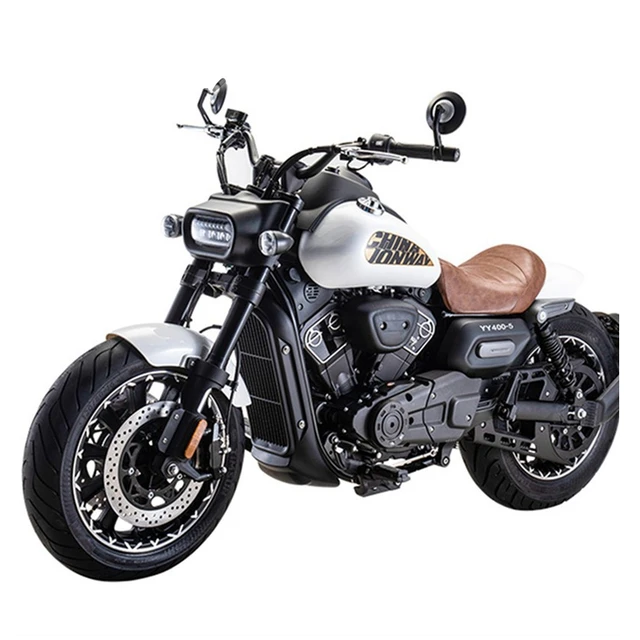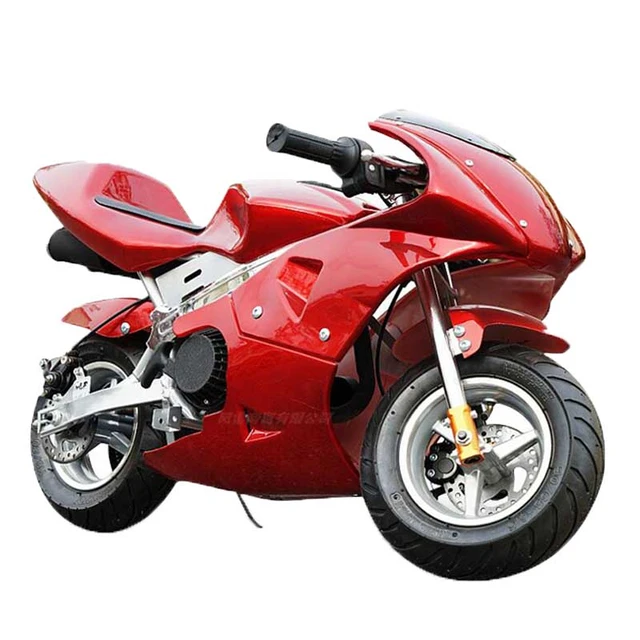Learning how to downshift a motorcycle might seem daunting for new riders, but mastering this essential skill can significantly improve your riding experience and enhance your safety. Proper downshifting not only helps you maintain control over your motorcycle in various riding conditions but also extends the life of your bike’s transmission. This article will delve into the specifics of how to downshift a motorcycle smoothly and effectively, step-by-step instructions, helpful tips, and ways to avoid common mistakes.
Understanding the Basics
Getting a grasp of the fundamental concepts is crucial before diving into the actual downshifting process.
What is Downshifting?
Downshifting refers to shifting from a higher gear to a lower gear. This action increases engine speed (RPM) relative to the motorcycle’s road speed, providing more power and control, especially during deceleration or when approaching a stop.
Why Downshift?
Downshifting allows you to take better control of your motorcycle’s speed and handling, especially when decelerating, cornering, or coming to a stop. It also helps in utilizing engine braking, reducing wear on your bike’s brakes.
When to Downshift?
Determining the right time to downshift can depend on various factors like road conditions, speed, and the need for power. Typically, you should downshift when you feel the bike struggling in a higher gear or when approaching a turn, stop, or an obstacle.
Preparing to Downshift
To downshift smoothly, preparation is key, including understanding your bike’s gear system and familiarizing yourself with proper hand and foot positions.
Familiarize with Gear Shifter
Ensure you are well-acquainted with the gear shifter’s position and operation. The shifter is usually located on the left side of the motorcycle and operated with your left foot. Knowing the exact position helps in quick and seamless gear changes.
Clutch Control
Proper clutch control is essential for smooth downshifting. Practice pulling the clutch lever in and releasing it slowly to get a feel for its engagement point. Clutch control directly impacts the smoothness of your gear transitions.
Throttle Management
Understanding how to manage the throttle during downshifting is crucial. Blipping the throttle (rev-matching) while downshifting can help in smooth gear transitions, especially on bikes with high-performance engines. Effective throttle management aids in reducing mechanical stress on the gearbox.
Steps to Downshift a Motorcycle
Carefully follow these steps to effectively master how to downshift a motorcycle.
Step 1: Decelerate
Before downshifting, begin by rolling off the throttle to decrease your speed gradually. This initial deceleration helps in preparing the engine and transmission for the gear change. Gradual deceleration minimizes abrupt forces on the gear mechanism.
Step 2: Pull in the Clutch
Pull in the clutch lever fully with your left hand to disengage the engine from the transmission. This action allows you to change gears without damaging the gearbox. Complete disengagement of the clutch is crucial for a smooth gear shift.
Step 3: Shift Down
Use your left foot to press down on the gear shifter. Each press down shifts the transmission to a lower gear. Ensure your foot placement is accurate to avoid missed shifts. Precise foot movement ensures successful gear engagement.
Step 4: Blip the Throttle (Optional but Recommended)
While the clutch is still engaged, quickly and briefly twist the throttle to rev-match the engine speed with the lower gear. This technique reduces strain on the gearbox and ensures smoother downshifts. Rev-matching significantly enhances the downshifting experience.
Step 5: Release the Clutch Slowly
Gradually release the clutch lever to re-engage the transmission with the engine. Doing this slowly helps prevent sudden jerks and maintains bike stability. Controlled clutch release is key to smooth gear transition and overall ride quality.
Techniques for Smooth Downshifting
Applying specific techniques can help in achieving smoother downshifts and improving the overall riding experience.
Rev-Matching
As mentioned earlier, rev-matching involves blipping the throttle to harmonize the engine speed with the lower gear. This technique reduces the risk of rear wheel slippage and enhances gear engagement. Regular practice helps in mastering this technique efficiently.
Double-Clutching
Double-clutching involves disengaging the clutch, shifting into neutral, releasing the clutch momentarily, and then disengaging it again to shift into the lower gear. This technique is more common in older motorcycles and can provide smoother shifts if done correctly. While less common in modern bikes, double-clutching is a valuable skill for riders of vintage motorcycles.
Engine Braking
Utilize engine braking by downshifting and allowing the engine’s resistance to slow down the motorcycle. This technique reduces wear on the brake pads and provides more control during deceleration. Mastering engine braking enhances overall riding control and safety.
Avoid Common Mistakes
New riders often make mistakes while downshifting. Knowing these common errors can help you avoid them and improve your technique.
Abrupt Clutch Release
Releasing the clutch too quickly can cause the rear wheel to lock up, leading to loss of control. Always release the clutch gradually to ensure a smooth transition. Controlled clutch release is crucial for maintaining balance and control.
Ignoring Engine RPM
Downshifting at high RPMs can damage the engine and transmission. Ensure the engine speed is appropriate for the lower gear before downshifting. Monitoring and managing RPM is vital for the longevity of your motorcycle.
Skipping Gears
While some advanced riders can skip gears confidently, it’s generally advisable to downshift one gear at a time to maintain control, especially for beginners. Sequential downshifting enhances control and prevents mechanical issues.
Maintaining Your Motorcycle
Proper maintenance of your motorcycle’s transmission and clutch system is essential for smooth downshifting and overall performance.
Regular Oil Changes
Ensure regular oil changes to keep the transmission lubricated and in good condition. Fresh oil reduces friction and wear, making gear shifts smoother. Regular oil maintenance extends the lifespan of your motorcycle components.
Clutch Adjustment
Periodically check and adjust the clutch cable tension to ensure it engages and disengages correctly. Proper clutch adjustment is critical for smooth gear changes and overall performance.
Inspecting the Gearbox
Regularly inspect the gearbox for any signs of wear or damage. Address any issues promptly to prevent further damage and ensure a smooth shifting experience. Proactive maintenance prevents costly repairs and downtime.
Advanced Downshifting Techniques
Once you’ve mastered basic downshifting, you can explore more advanced techniques for enhanced control and performance.
Heel-Toe Shifting
Heel-toe shifting involves using the heel to downshift while simultaneously braking with the toe. This technique is commonly used in high-performance riding to maintain speed and control during aggressive deceleration. Mastering heel-toe shifting enhances your riding skills in performance scenarios.
Trail Braking
Trail braking combines gentle braking with smooth downshifting while entering a turn. This technique helps in maintaining stability and control during cornering, improving your riding dynamics. Incorporating trail braking into your skillset allows for smoother and more controlled turns.
Clutchless Downshifting
Experienced riders sometimes perform clutchless downshifting, which involves timing the gear shift perfectly to match engine speed without using the clutch. This technique requires precise throttle control and should only be attempted by seasoned riders. Clutchless downshifting enhances riding fluidity but requires significant practice.
 Practicing Downshifting
Practicing Downshifting
Consistent practice in a controlled environment is key to mastering downshifting techniques.
Choosing a Safe Practice Area
Select a quiet, open area free from traffic and obstacles to practice downshifting. This allows you to focus on refining your technique without distractions. A safe practice environment is essential for skill development.
Gradual Progression
Start with slower speeds and gradually increase as you become more comfortable with the downshifting process. Incremental progression helps in building confidence and refining skills methodically.
Regular Feedback
Seek feedback from experienced riders or instructors to identify areas for improvement and refine your technique. Constructive feedback accelerates learning and helps in achieving proficiency.
Real-World Applications
Understanding how to apply downshifting techniques in various real-world scenarios enhances your riding experience.
Urban Riding
In city traffic, downshifting helps in maintaining control and adjusting speed quickly. It’s useful for navigating stop-and-go traffic and making precise speed adjustments. Downshifting in urban settings enhances maneuverability and control.
Highway Riding
Downshifting on highways allows for smooth deceleration and preparation for exits or sudden stops. It provides better control when reducing speed from high velocities. Effective downshifting ensures safety and control during high-speed transitions.
Off-Road Riding
For off-road riders, downshifting aids in managing uneven terrain and steep descents by providing better traction and control. Mastering downshifting techniques is crucial for off-road safety and performance.
Conclusion: How to downshift a motorcycle
Mastering how to downshift a motorcycle is a fundamental skill that enhances your riding safety, control, and enjoyment. By understanding the basic principles, practicing consistently, and avoiding common mistakes, you can smoothly and effectively downshift in various riding conditions. Whether you are navigating city streets, highways, or off-road trails, mastering the art of downshifting will significantly improve your overall riding experience and ensure a safer, more enjoyable journey on your motorcycle.


